Read the full article for free* in Classical and Quantum Gravity:
Quantum fluctuations of geometry in a hot Universe
Iwo Bialynicki-Birula 2015 Class. Quantum Grav. 32 215015
arXiv:1501.07405
*until 23/12/15
Quantum uncertainty relations force the components of the Riemann curvature tensor to fluctuate

Iwo Bialynicki-Birula is a member of the Polish Academy of Sciences working at the Center for Theoretical Physics in Warsaw. His main interests are classical and quantum electrodynamics, quantum mechanics, and general relativity. He has published 4 books and 184 papers, 44 of them were coauthored by his wife Zofia, also a theoretical physicist. All his papers are available on his website.
My paper published in Classical and Quantum Gravity, extends the concept of zero-point field fluctuations from electromagnetism to gravity with the use of an uncommon but very convenient tool: the Wigner function.
Electromagnetism is perhaps the most studied and the best understood part of physics. We have an almost perfect theory of electromagnetic phenomena both at the classical and at the quantum level. In contrast, our understanding of gravitational phenomena is not satisfactory even at the classical level. However, there are similarities between electromagnetism and gravitation that may help in exploration of quantum gravity. These similarities Continue reading

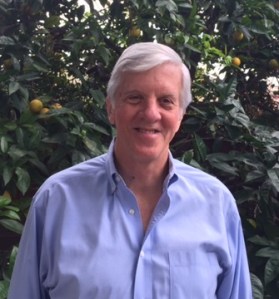
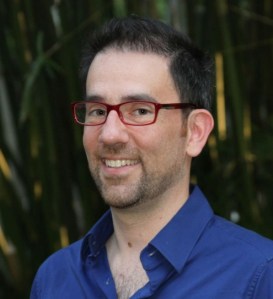
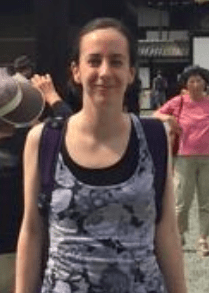


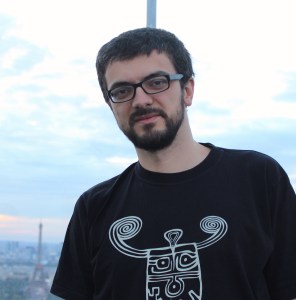

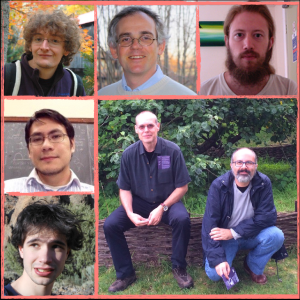
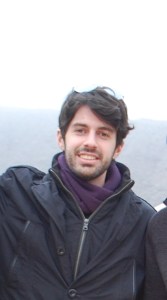

You must be logged in to post a comment.